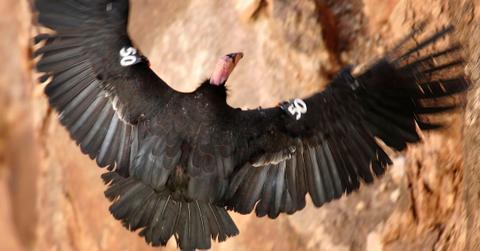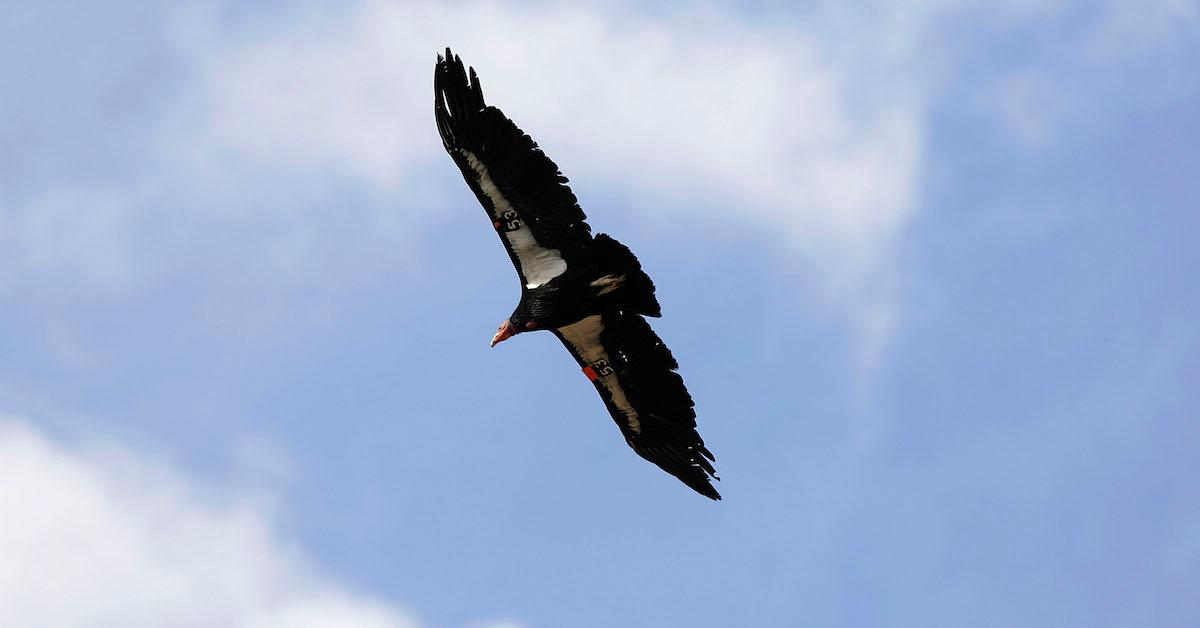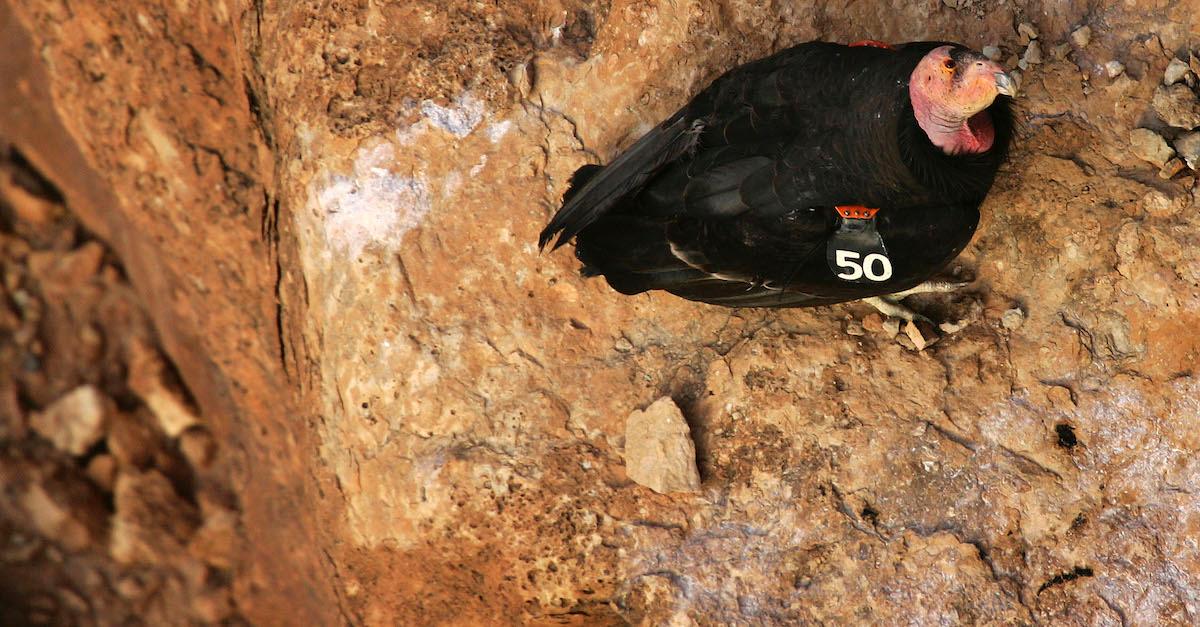The California Condor Species May Be Saved via Asexual Reproduction
Published Nov. 1 2021, 1:39 p.m. ET

The graceful California condor had been critically endangered for quite a while — almost to the point of extinction. Earlier this year, the population started to make a comeback with about 500 live birds, thanks to strong conservation efforts led by the Yurok tribe. But now, something that could truly save the entire California condor population is asexual reproduction. A recent scientific study shows this seemingly unlikely phenomenon is now entirely possible, and is hopefully widespread.
"This is truly an amazing discovery," Oliver Ryder, who co-authored the study and is director of conservation genetics at San Diego Zoo Wildlife Alliance (SDZWA), stated as per The BBC. "We were not exactly looking for evidence of parthenogenesis, it just hit us in the face. We only confirmed it because of the normal genetic studies we do to prove parentage."

The California condor's "virgin birth" is a scientific shocker.
Twice now, conservationists working to preserve the California condor population have witnessed two chicks that have hatched from eggs that received no male fertilization, per The New York Times. The discovery, which was published in The Journal of Heredity on Thursday, Oct. 28, explained that parthenogenesis (unfertilized eggs that hatch) usually only takes place in lizards or fish, and in bird species such as turkeys, finches, and pet pigeons. This is huge for the California condor population.
“Parthenogenesis is considered to be a rare phenomenon in birds,” Ryder told The New York Times. “We discovered it in California condors because we have such a detailed genealogical analysis of the entire population."
Ryder says the study took place over the course of several years. As researchers looked at the species' genealogy, they realized two of the birds didn't have genes from any male birds.
"There was no paternal contribution. They had only genetic information from their mothers."
Condors developed via "virgin birth" can only be male, and luckily, mothers cannot pass down harmful traits such as diseases or other genetic deformities. And although there were male California condors that were being used for breeding in the same enclosure, the females decidedly gave birth without them — a rarity, because this generally only happens when populations are in dire need of repopulating. It's a phenomenon to say the least, but researchers hope this is happening population-wide.

How does this affect wildlife conservation?
Obviously, this astounding wildlife discovery is ground-breaking in the realm of animal conservation, and "could have rippling effects for wildlife genetics and conservation science," as per the press release from SDZWA.
According to People, the SDZWA is planning to continue researching genotypes — specifically asexual reproduction — within the California condor population. The conservation organization might also look into its presence within other species as well.
"These findings now raise questions about whether this might occur undetected in other species," Ryder told People.
Hopefully this type of reproduction becomes the norm among more endangered wildlife populations, because it could truly save certain species that are already on the brink of extinction — we're looking at the thousands of animals on the Endangered Species List.